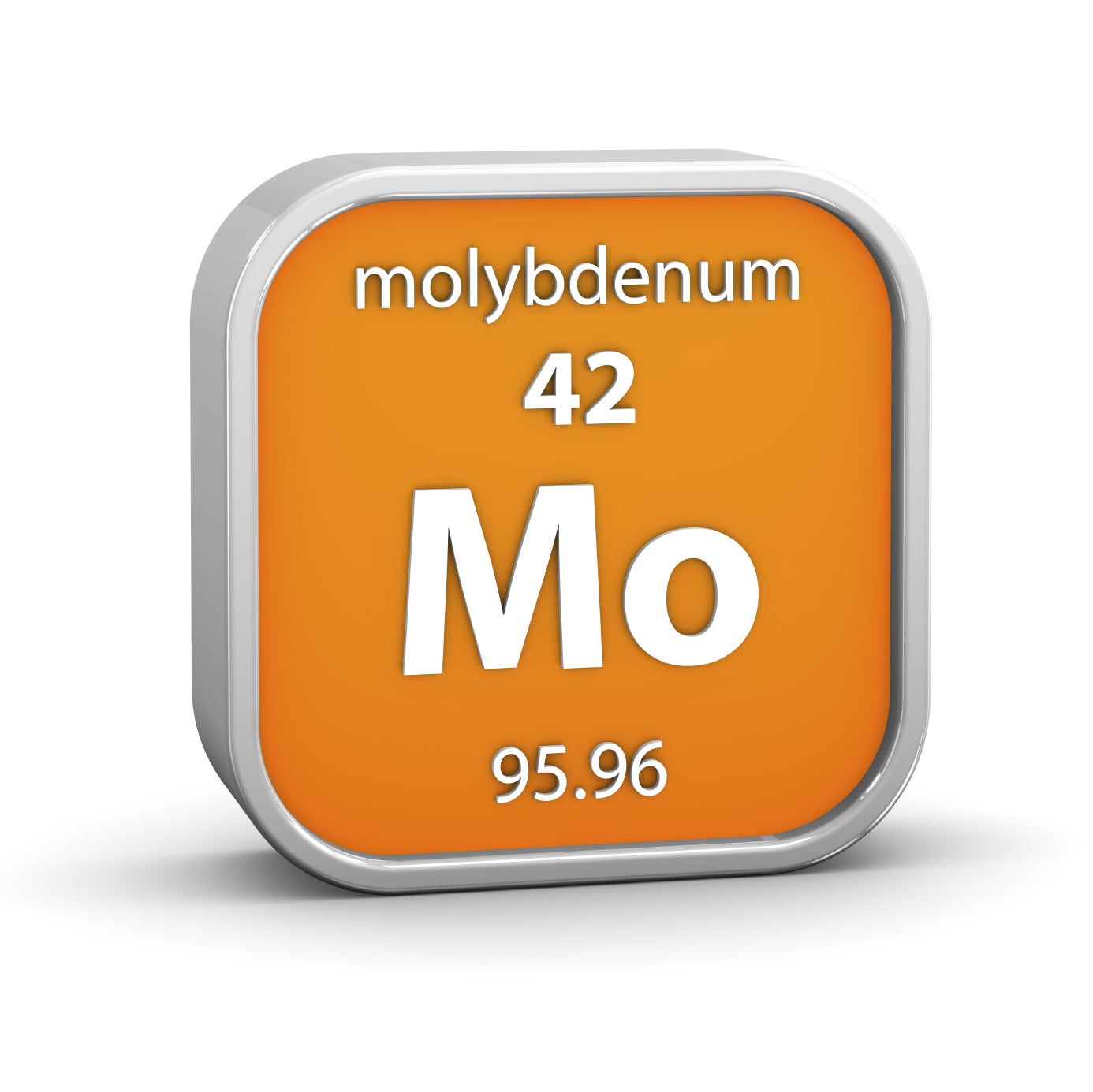What Is Molybdenum: Information On Molybdenum Sources For Plants


Molybdenum is a trace mineral important for plants and animals. It is found in soils that are alkaline with high pH levels. Acidic soils are deficient in molybdenum but improve with liming. As a trace element, molybdenum for plant growth is a moderately important catalyst for two very important enzyme activities. Plants can tolerate very high levels of molybdenum but do poorly with little to none of the element.
What is Molybdenum?
Molybdenum is important for both plants and animals. In plant growth, it helps in the nitrogen, oxygen, and sulfur cycles. Soils are the molybdenum sources for plants. Molybdate is the form that plants can uptake to get the element. Sandy soils and acidic soils contain less available molybdenum for plant growth. The element is crucial to the functions of nitrogenase and nitrate reductase, two enzymes important for nitrogen-fixing and nitrogen reduction. Not all plants need the same amount of molybdenum. Plants like cruciforms and legumes need higher amounts of the mineral.
Molybdenum and Plants
Even as a trace mineral, molybdenum for plant growth is an essential element. In the absence of enough of the mineral, leaves turn pale and eventually die, flowers fail to form and some plant species experience malformed leaf blades in a condition called whiptail. Legumes fail to acquire the bacteria necessary to fix nitrogen to their root nodes. Necrosis of cell tissue and poorly functioning vascular systems also cause general decay of plant health. Crops such as broccoli, cauliflower, soybeans, clover, and citrus are most commonly affected.
Molybdenum Uses in Plants
Plants require a minimum amount of molybdenum to help nitrogen assimilation. It is also important for potassium absorption. Molybdenum uses in other plants increase plant health and growth. In legumes, deficiencies are the most prominent. This is because legumes rely upon a symbiotic bacterium to fix nitrogen, an essential nutrient for plant growth, to the root nodules. Legumes find it crucial to fix ambient nitrogen to the plant nodes. Node growth is retarded in soils with low molybdenum. When sufficient amounts are present, the plants grow more vigorously and the protein contents of the legumes are enhanced.
Increasing Molybdenum in Soils
Liming decreases the pH in soil, or sweetens it, to reduce the acidity. Alkaline soils have more available molybdenum than acidic soils and it is easier for plants to uptake. One of the more common molybdenum sources for plants is foliar application. Because plants need very little of the element, foliar introduction is ideal. Plants can absorb the mineral quickly but the excess does not remain in the soil. There are also many fertilizer formulations with molybdenum added, which will work well to increase the availability of the element in most plants.
Sign up for the Gardening Know How newsletter today and receive a free copy of our e-book "How to Grow Delicious Tomatoes".

Bonnie Grant is a professional landscaper with a Certification in Urban Gardening. She has been gardening and writing for 15 years. A former professional chef, she has a passion for edible landscaping.